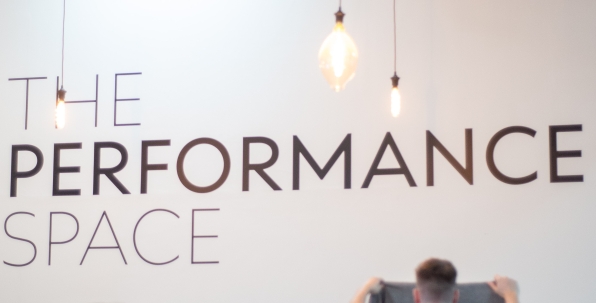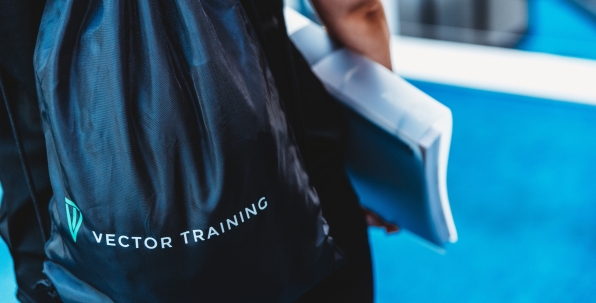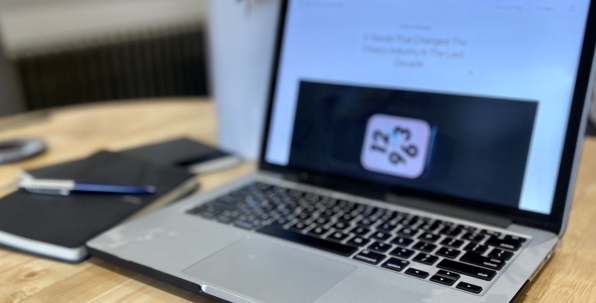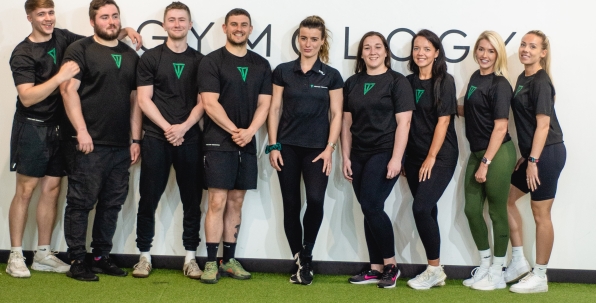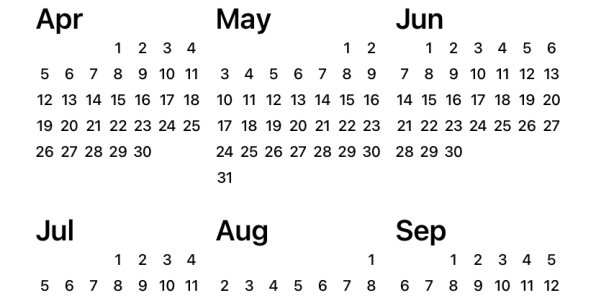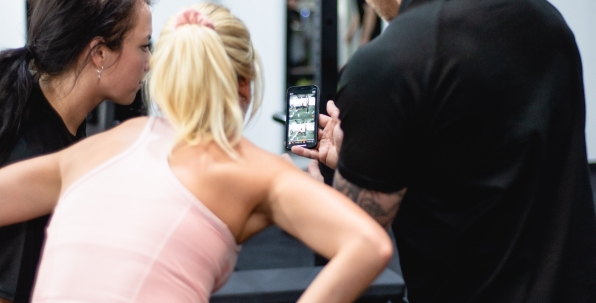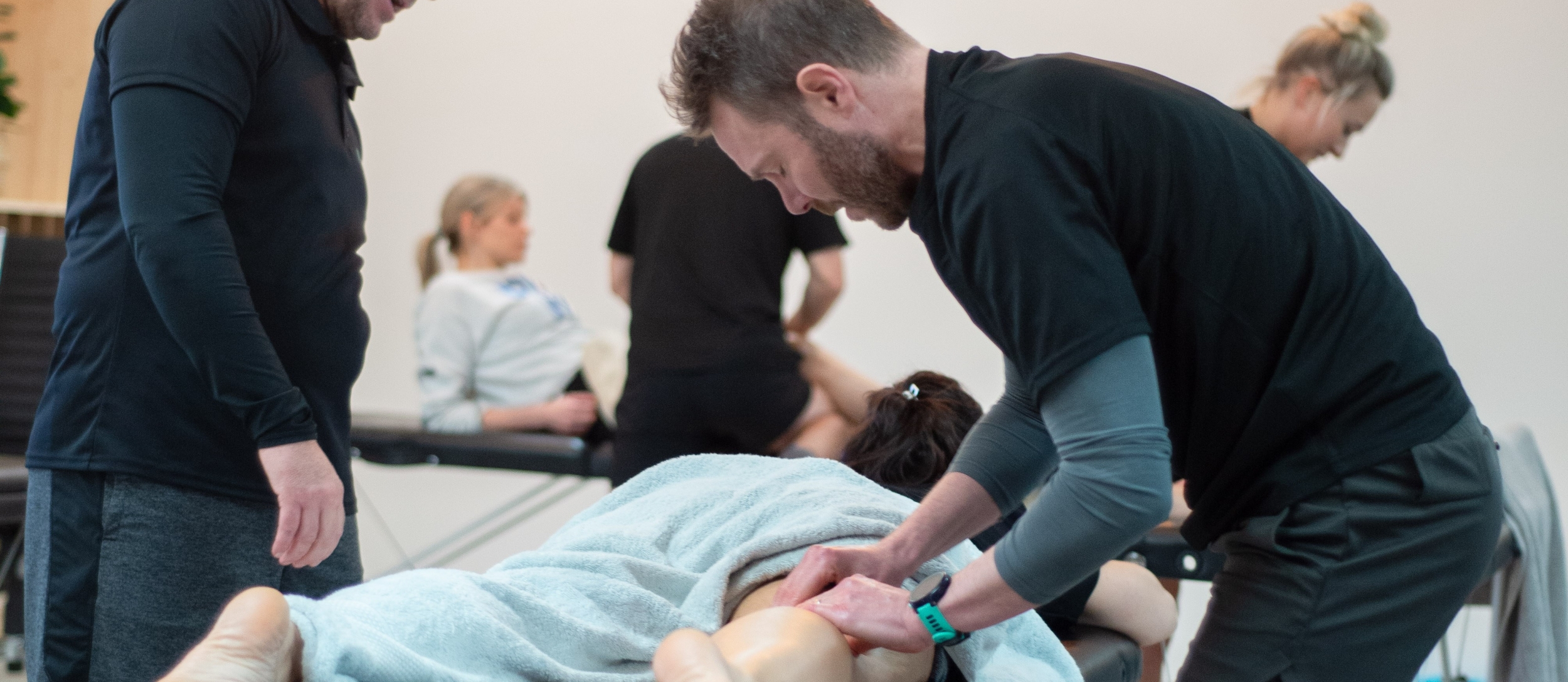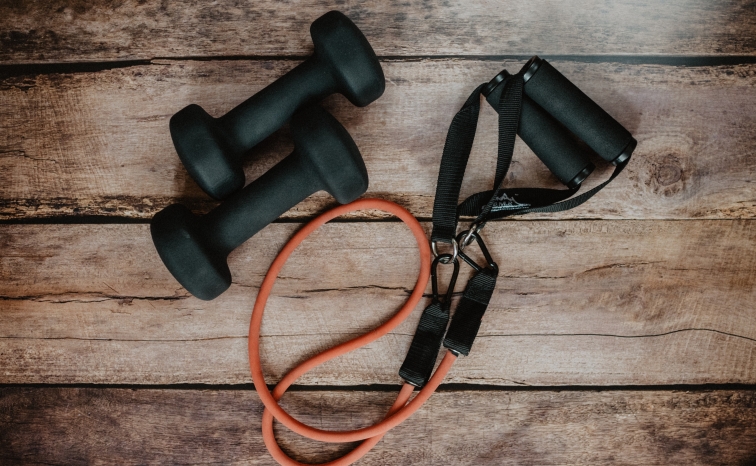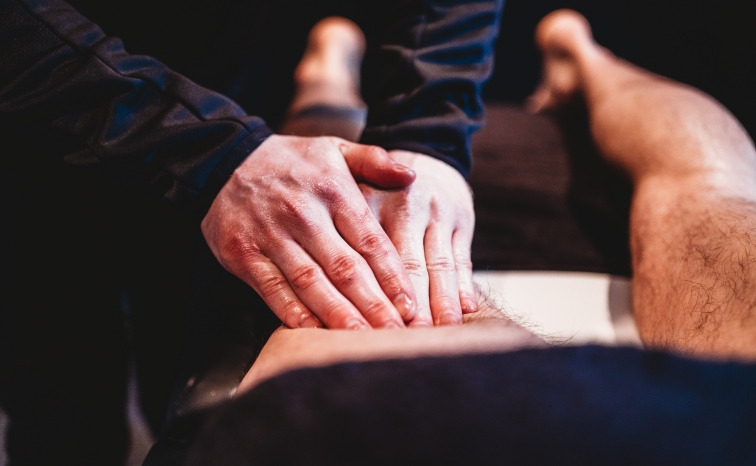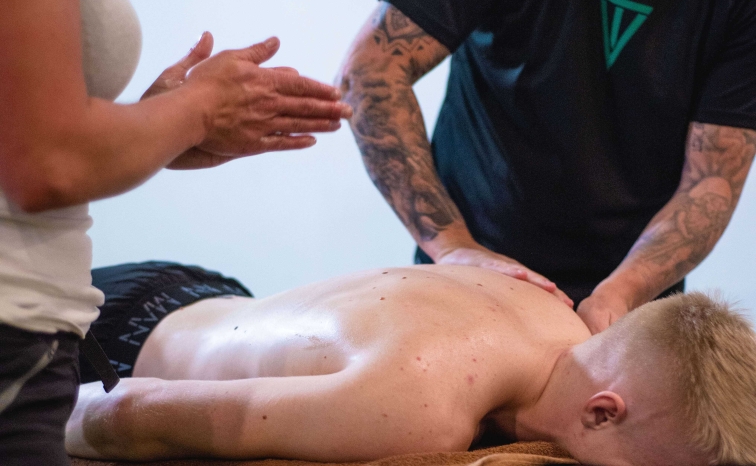What do you learn on a Sports Massage Therapy course?
Although each training company that delivers the Level 3 Diploma in Sports Massage Therapy may deliver their programme in a different way, each should include all the content outlined by the awarding body the company is partnered with.
At Vector, we use Active IQ qualifications as our awarding body. Active IQ qualifications are CIMSPA Endorsed and mean all of our learners are able to get insurance and start their business straight away.
Arguably Active IQ and VTCT are the best and most respected awarding bodies in the Sports Massage Therapy industry in the UK.
We use Active IQ for both our Level 3 and Level 4 Sports Massage Therapy qualifications. We also have packages that include the Level 2 Award in Applying Myofascial Cupping and all of our sports massage packages include the official Rocktape course.
Below we have provided an overview on the course by breaking down each unit and outlining the core knowledge you will gain, including how each unit is assessed.
Unit 1: Anatomy and physiology for sports massage
This unit is a substantial part of the qualification, and involves developing a broad range of knowledge. By the end of this unit you will be able to understand the structural organisation of the body including, the skin, the skeletal system, joints, the muscular system, nervous system, the endocrine system, the cardiovascular system, respiratory system, lymphatic system, digestive system, and urinary system.
You will also cover the effects of sports massage on the body systems, including the physical effects, physiological and neurological effects, as well as the psychological effects. The course also introduces the pain gate theory as an effect of massage on the neuroendocrine system.
This sounds like a lot to understand, and this unit does require you to develop a broad understanding of anatomy and physiology, however do not worry as you will be taught by a qualified tutor as well as being provided with an extensive learner manual, as well as an interactive elearning platform to help guide you with additional knowledge questions.
Assessments
This unit is assessed via one written worksheet and a multiple-choice exam. The exam is set externally by the awarding body - Active IQ.
Learners are able to re-sit the exam again during the course.
Unit 2: Principles of health and fitness
Unit 2 is a shorter unit, and aims to develop your understanding of what constitutes an active, healthy lifestyle, including components and principles of exercise, fitness and healthy eating. It also develops your knowledge of the benefits of leading an active, healthy life can have.
During this unit you will cover the benefits of an active, healthy lifestyle, the effects of exercise on the body, components of fitness and principles of training, and the importance of healthy eating.
Assessments
This unit is assessed by a written worksheet.
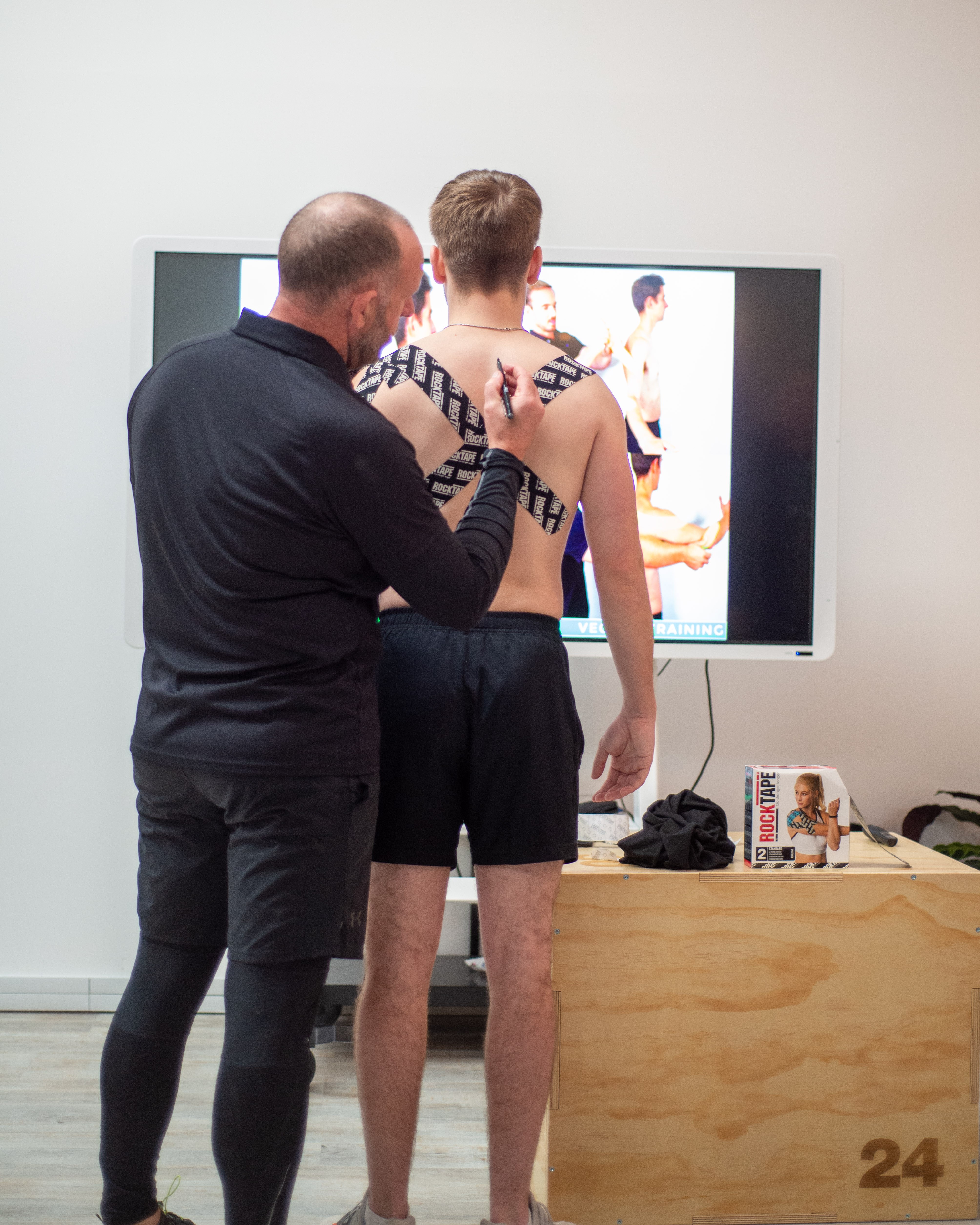
Unit 3: Understand the principles of soft tissue dysfunction
This unit aims to develop your knowledge required to understand soft tissue dysfunction and the process of soft tissue repair.
Section 1 of the unit is understanding soft tissue dysfunction and section 2 is understanding the process of repair of soft tissue.
You will cover a range of principles including dysfunction, common causes of soft tissue dysfunction, different types of injuries and their causes, including different strain grades.
When learning about the process of soft tissue repair, you will cover the different stages of repair and the factors that affect repair and how this impacts treating injuries.
Assessments
This unit is assessed by a written worksheet.
Unit 4: Professional practice in sports massage
This unit aims to provide you with the knowledge you need to understand the professional and legal requirements of being a sports massage therapist.
In this unit you will understand the legislation required in sports massage, the scope of practice in sports massage, the standards relevant to the sports massage profession, the principles of professional practice in sports massage. You will also learn how to produce, maintain and store client records.
This unit covers a wide range of topics, from Health and Safety and informed consent to cautions and contraindications. A key element of the unit is your professional role as a sports massage therapist, and being aware that you may need to refer clients to other professionals.
The unit also covers your own insurance requirements. This ties in nicely to any additional seminars the training organisation offers in terms of business support.
Assessments
Unit 4 is assessed by a written worksheet and a written assignment.
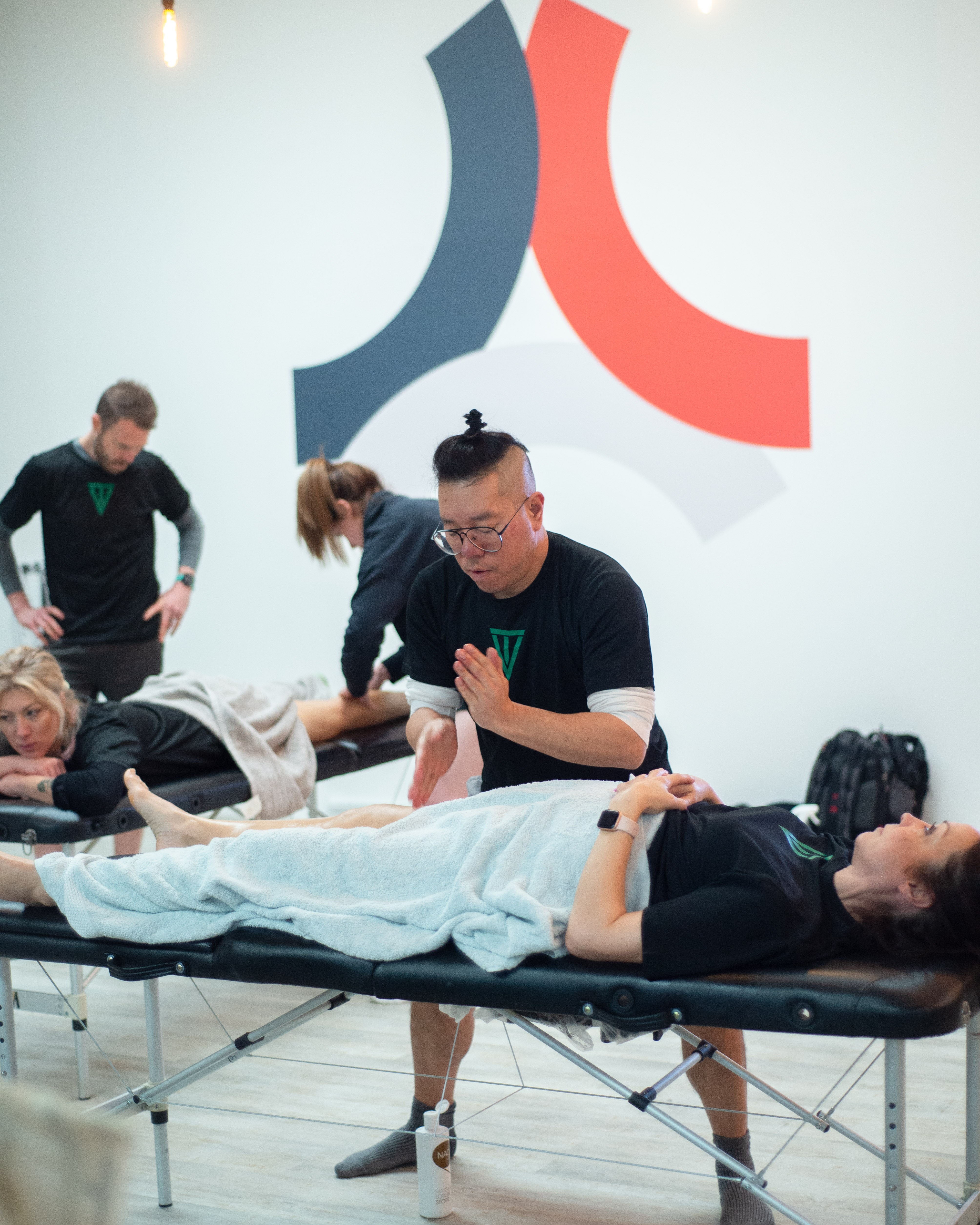
Unit 5: Sports massage treatments
Unit 6 aims to provide you with the knowledge and understand required to be able to apply sports massage treatments effectively.
Although this is the final unit of the qualification, it will be delivered throughout the course. Learners should be learning and practicing massage techniques on every in person training day.
The unit covers a wide range of topics, with the bulk of the learning being practical and carried out on the massage table. The unit covers the history and development of massage, the fundamentals of sports massage treatments, how to assess and screen clients for sports massage treatments, how to actually carry out a client assessment, how to devise treatment plans, as well as how to apply sports massage treatments.
Assessments
This unit involves a number of assessments, including summative observations covering a maintenance massage, pre-event massage and a post-event massage. Learners are also required to complete a written self evaluation as part of this units assessment.
Course extras
Some organisations will deliver added extras on top of the qualification itself to supplement the core qualification and add value to its students. For example we offer the Level 2 Award in Applying Myofascial Cupping and the official Rocktape course to create the Ultimate Business Starter Package.
This may be guest speakers or workshops from current Sports Massage Therapists, who are able to share their expertise and experience in the industry. This may also include practical masterclasses on particular treatments that are effective in treating different injuries.
Other additional parts of a Sports Massage Therapy course can be business and social media seminars, as well as opportunities to gain experience massaging a range of different real-life clients, rather than just fellow students on the course.
The course has a minimum amount of delivery time outlined in its specification outlined by the awarding body. Some companies will deliver the minimum requirements set and not offer any additional support like that outlined above.
In our opinion you should avoid a company that is doing the minimum - we find that those qualifying like this often lack the practical skills to feel confident when they qualify, meaning it takes even longer to get clients and their services up and running.
Interested in becoming a qualified Sport Massage Therapist?
Get in touch today via the link in our course page today and we will be in touch ASAP!
Level 3 Diploma in Sports Massage Therapy with Cupping Course

